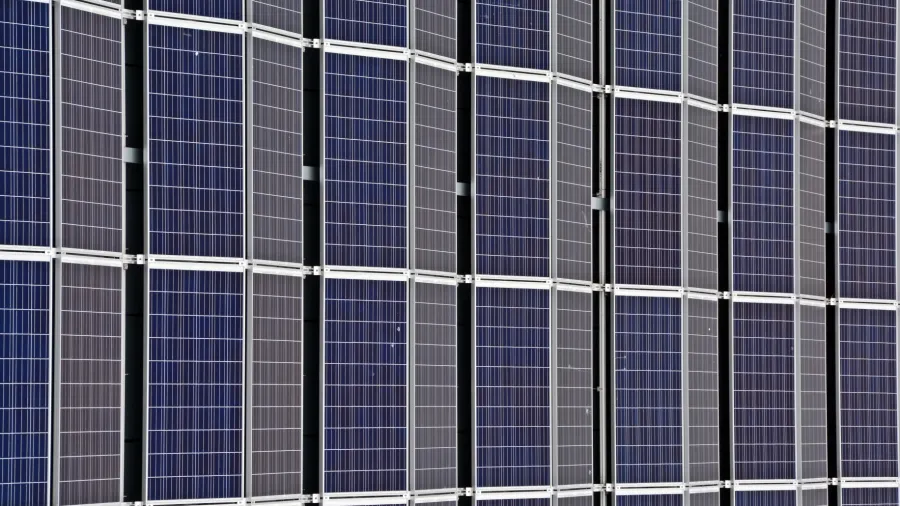
Floating solar plays vital role in SEA’s energy transition
The region has around 500 MW of FPV projects in operation.
Floating solar photovoltaics (FPV) is crucial in boosting the renewables capacity in Southeast Asia, with the Philippines, Indonesia and Thailand poised to lead the sector’s growth.
In a statement, Rystad Energy said there are around 500 megawatts (MW) of operational FPV projects in the region, with around 300 MW expected to come online in 2023.
It added that the 145 MW-alternating-current Cirata FPV project in Indonesia, the largest project in the region, is amongst the top 10 floating solar projects by size, with nine others located in China.
ALSO READ: Cirata floating solar plant powers over 50,000 homes in Indonesia
“FPVs have emerged as a game-changer for Southeast Asia, catalyzing the region’s push towards clean energy by maximizing its abundant solar resources and overcoming limited land availability. Their modular design allows for integration with existing hydropower dams and unlocks tremendous opportunities for hydropower-rich nations like Laos, Thailand and Indonesia,” said Jun Yee Chew, head of Asia renewables and power research, at Rystad Energy.
“Additionally, with land rights a major deterrent facing solar developers in Southeast Asia, as much of the land is used for agriculture, FPVs provide a solution for the coexistence of solar farms and agriculture,” he added.
Rystad Energy added that the challenge of addressing land rights and the scarcity of suitable sites for solar farms make FPVs the “viable option.”



















 Advertise
Advertise






